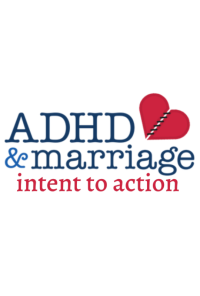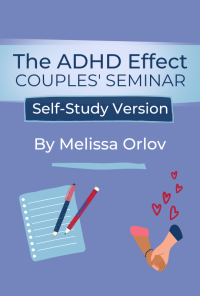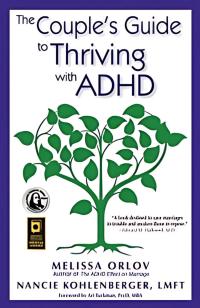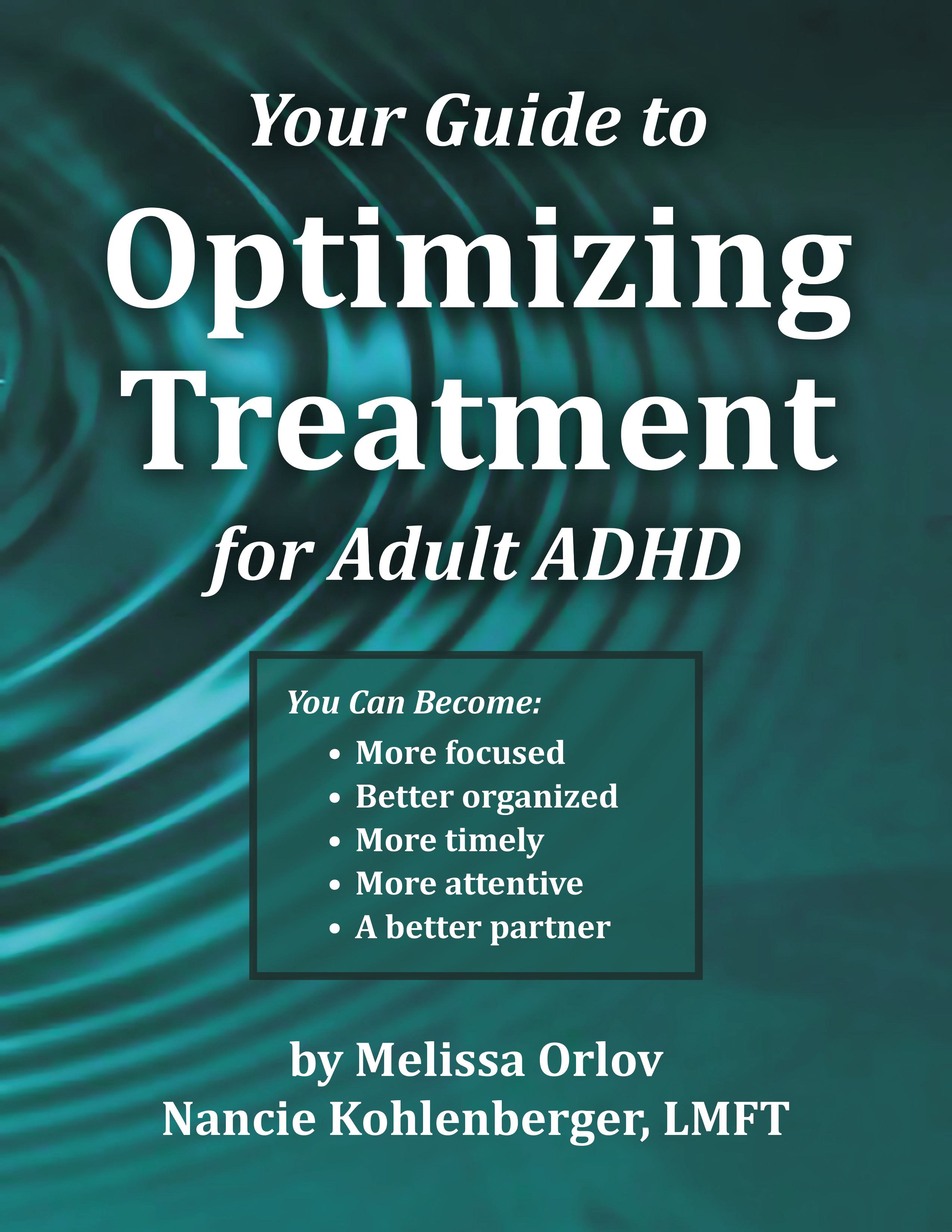For many people, one of the most painful parts of having ADHD is shame. It’s hard to avoid that feeling when you’ve just thrown away expired food that you forgot you had in the refrigerator, missed another important deadline or had yet another argument with your partner because they felt ignored while you were hyper-focused on something.
Shame can quickly become a constant but mostly unacknowledged voice in the background of your relationship. But understanding and addressing that shame can create profound healing and a deeper connection for you both. Let’s look at how ADHD and shame intertwine and how self-compassion and vulnerability can disrupt this cycle.
The ADHD-Shame Connection
Shame usually starts in childhood, with kids with ADHD facing constant criticism for interrupting, leaving their seat, acting impulsively, or falling behind with chores or schoolwork. Children with ADHD often get told repeatedly by their parents, teachers, peers or others that they are “lazy,” “careless,” or “not trying hard enough,”. Over time, children internalize repeated criticism, and it becomes a part of how they see themselves. What started off as “you didn’t meet that expectation” becomes internalized as, “I am not a good enough person.”
Shame researcher and vulnerability expert Brené Brown describes shame as the intensely painful feeling of believing we are unworthy of love and belonging. For those with ADHD, this belief is often reinforced by repeated failures, criticism from others, and the frustration of feeling like they “should” be able to do better.
ADHD symptoms themselves further complicate the picture. Difficulty regulating emotion makes it much harder to process shame effectively, leading to cycles of self-criticism and overwhelm. This isn’t a moral failing; it’s a brain-based challenge. But understanding this distinction can be a game-changer.
The Role of Attachment
Attachment theory explains how our early life experiences shape our responses to shame. Secure attachment develops when caregivers are consistently responsive, supportive, and attuned to a child’s needs. This foundation helps children learn to trust others, regulate their emotions, and repair feelings of shame. In contrast, insecure attachment develops when caregivers are inconsistent, neglectful, or overly critical. This can lead to fears of rejection, difficulty trusting others, or struggles with self-worth.
For people with ADHD, negative feedback from caregivers, teachers, or peers can disrupt the formation of secure attachment. In subsequent adult relationships, shame often shows up as anger, defensiveness, or a tendency to be avoidant or shut down. When shame tells that us that we are unworthy, it is often an isolating experience that can sabotage our connection to our partner in relationships.
Children with secure attachment learn to repair feelings of shame with the help of responsive caregivers. In contrast, those with insecure attachment may never learn to do so, instead developing a deep-seated fear of being criticized or rejected that persists into adulthood.
A Solution: Vulnerability and Connection
One of the most effective antidotes to shame is vulnerability. Brené Brown’s research underscores the power of sharing our struggles with trusted others. Vulnerability allows us to weaken shame’s grip, because when we turn to somebody who loves us and let them know about the shame we are feeling, it is almost always met with empathy and understanding.
In Emotionally Focused Therapy (EFT), secure attachment between partners is created by accessing vulnerability and sharing it with our partner. In this securely attached space, couples can heal their emotional wounds and create deeper connection to each other.
For couples navigating ADHD-related challenges, creating an environment where both partners can express vulnerable thoughts and feelings without fear of judgment is transformative. For example, an ADHD partner might say, “I feel like I’m always letting you down,” while the other responds with “Thank you for telling me. I get how awful that must feel.” These moments rebuild trust and connection.
Internal Family Systems (IFS) work is another powerful way to address shame. In it, people learn about the parts of them that may feel shamed, the protective strategies they might use in the face of those feelings, and how to better respond to them.
The Healing Power of Self-Compassion
Kristin Neff’s work on self-compassion offers another powerful tool for addressing shame. Self-compassion involves treating ourselves with the same kindness we would offer a close friend. It includes three key components:
- Self-kindness: Replacing self-criticism with gentle understanding.
- Common humanity: Recognizing that imperfection is a shared human experience.
- Mindfulness: Observing our thoughts and emotions without judgment.
For those with ADHD, self-compassion is a great way of preventing a shame spiral. Instead of berating themselves for forgetting an appointment or missing a deadline, they can reframe the experience: “This is tough, but I’m doing my best.” Over time, this shift in perspective builds resilience and reduces the effects of shame.
Breaking the Shame Cycle
Breaking the shame cycle takes time, but these strategies can help:
- Normalize ADHD: Understanding ADHD as a neurodevelopmental difference, not a character flaw, is essential. Education helps to dismantle shame and promote self-acceptance.
- Reframe failures: Mistakes are opportunities for learning, not proof of inadequacy. Celebrate small wins and focus on progress over perfection.
- Build a support system: Seek out therapists, coaches, or support groups that specialize in ADHD. Connection reduces isolation and reminds individuals they are not alone.
- Practice mindfulness: Developing awareness of one’s thoughts and feelings can help break automatic shame responses.
How Non-ADHD Partners Can Be Supportive
For non-ADHD partners, understanding shame’s role is crucial. Educating themselves about ADHD is crucial to increasing empathy and reducing blame. When disagreements arise, adopting a non-critical communication style can help the ADHD partner feel safe enough to address shame and underlying emotions.
For example, instead of saying, “You’re so irresponsible for forgetting this again,” or, “I’m so frustrated this isn’t getting any better” a partner might say, “I see how difficult this is for you, and how hard you are trying. Let’s figure out a system that works better for both of us.” This approach shifts the focus from blaming and shaming to support and collaboration.
Changing non-ADHD partner critiques to constructive dialogue is an important part of creating a safer environment for ADHD partners.
Reclaim your Self Worth
Living with ADHD can be challenging, but shame doesn’t have to be a lifelong companion. By practicing vulnerability and self-compassion, you can reject shame’s hold over your self-image and reclaim your sense of who you truly are. Healing begins with the courage to confront shame and embrace the fact that you are worthy of love and belonging, exactly as you are.
Jen Siladi is a licensed psychotherapist and a consultant with ADHD & Marriage Consulting who specializes in helping individuals and couples navigate the challenges of ADHD. When not working with ADHDmarriage.com, Jen works with individual adults and couples in her private therapy practice in San Diego, California.
- Jen Siladi LMFT's blog
- Log in or register to post comments






